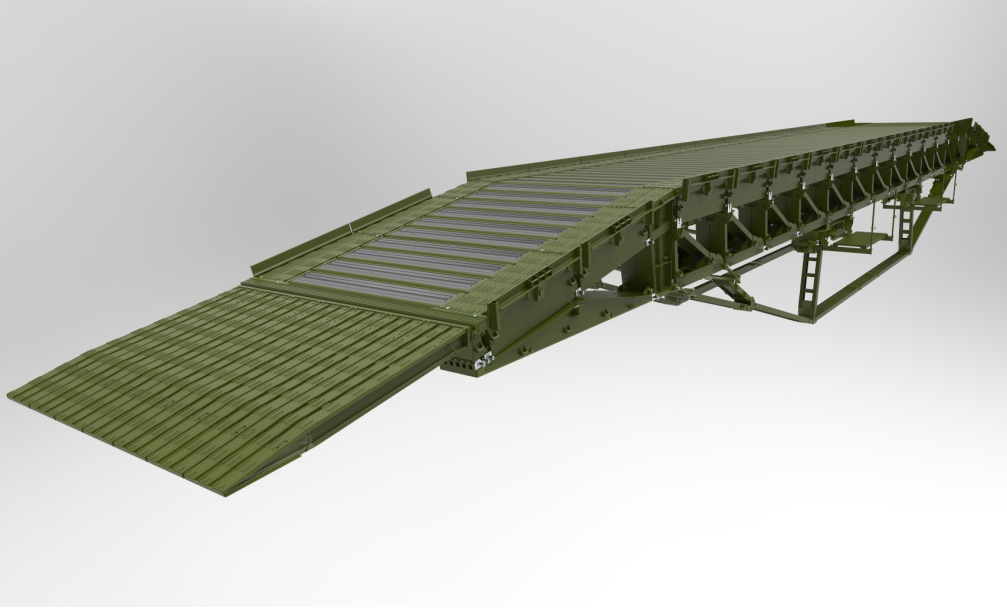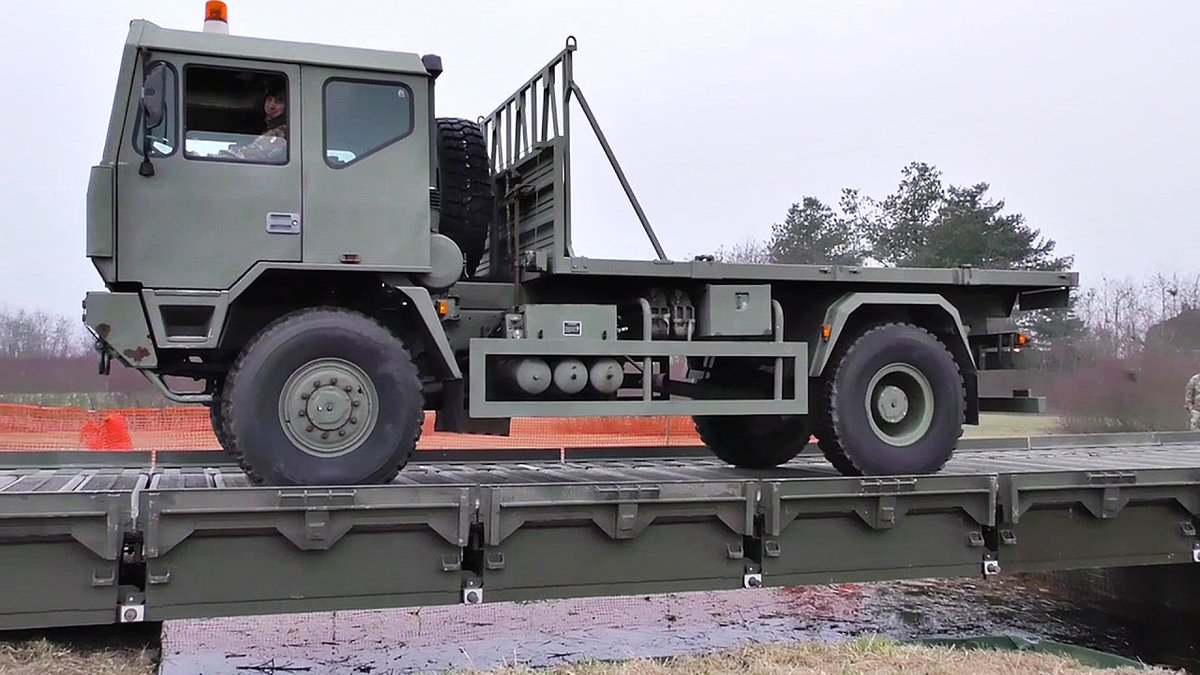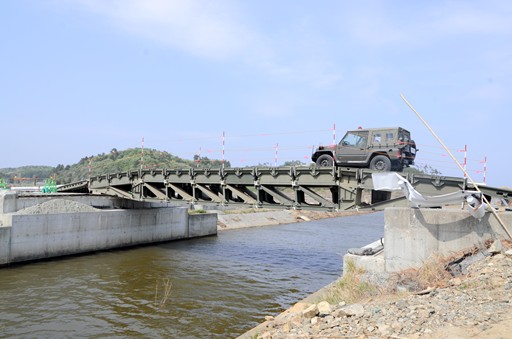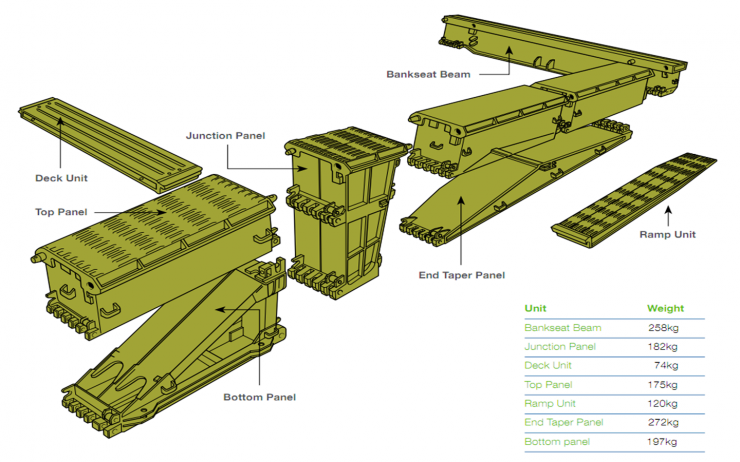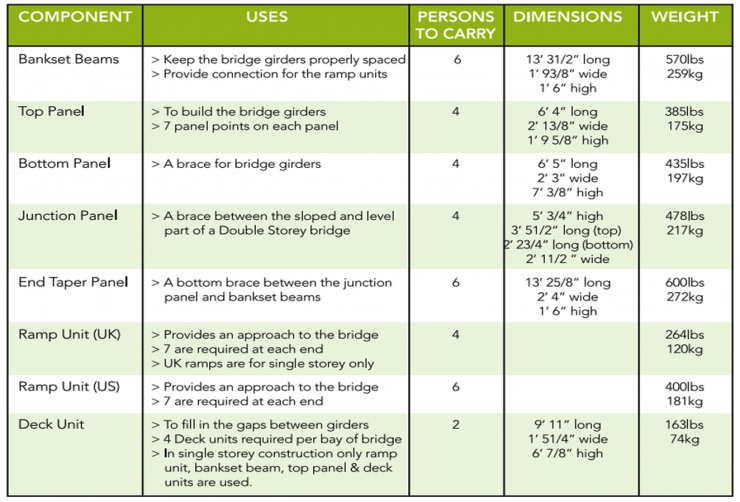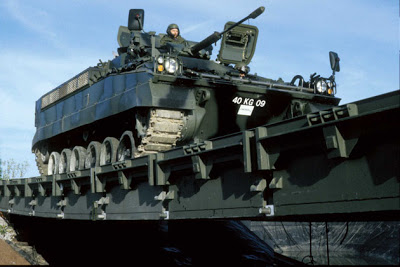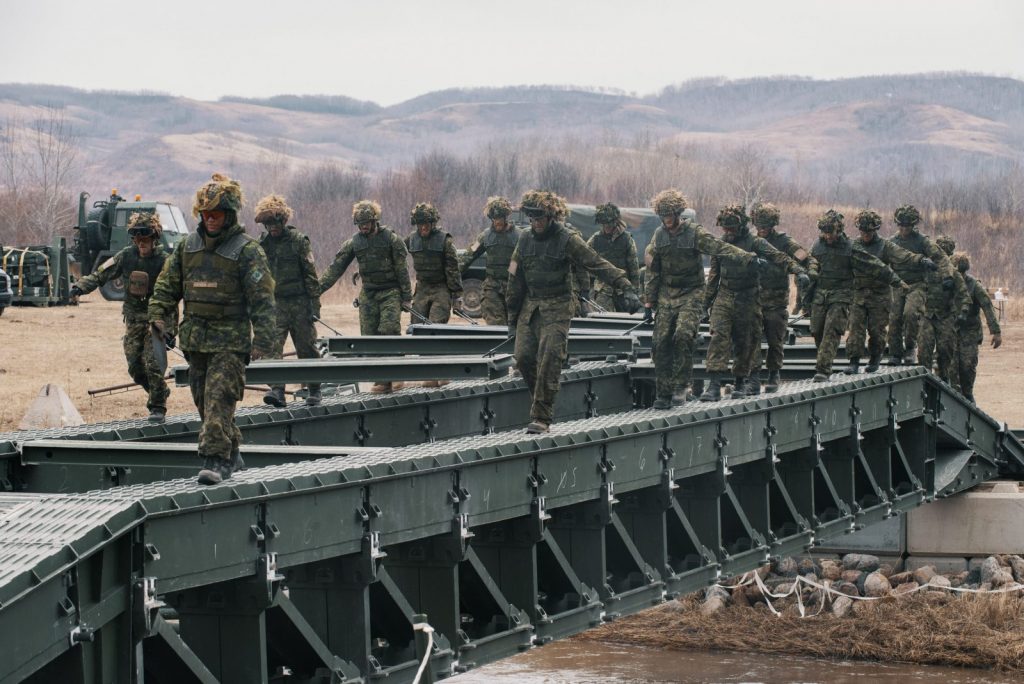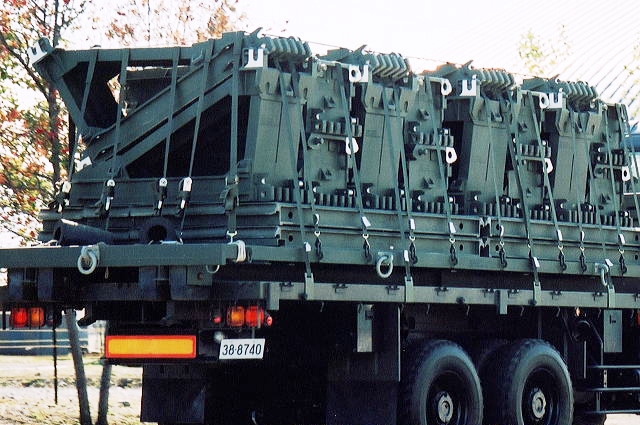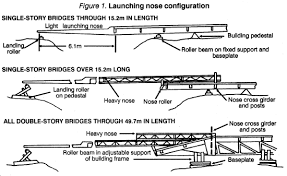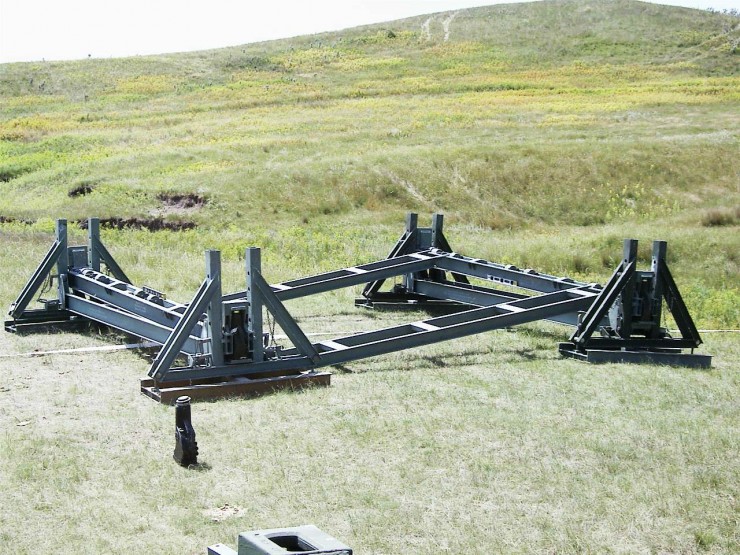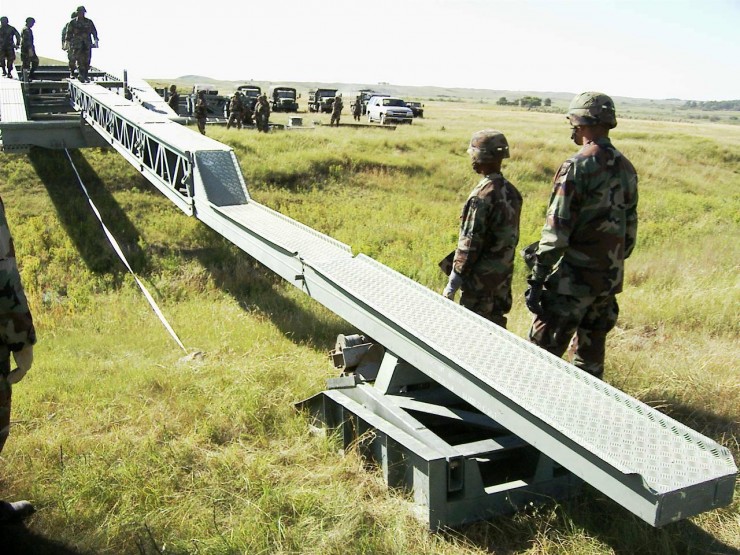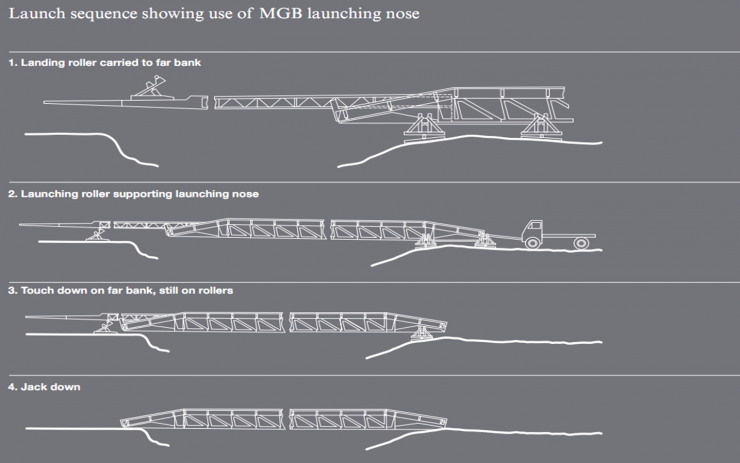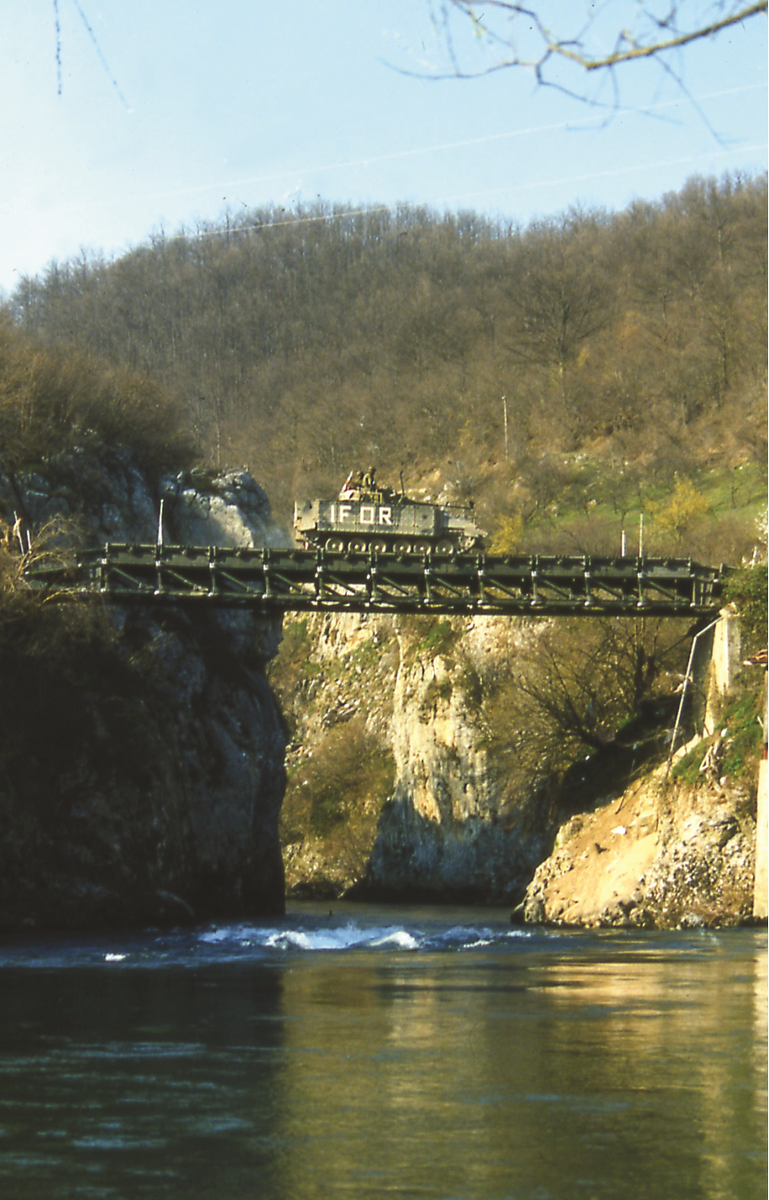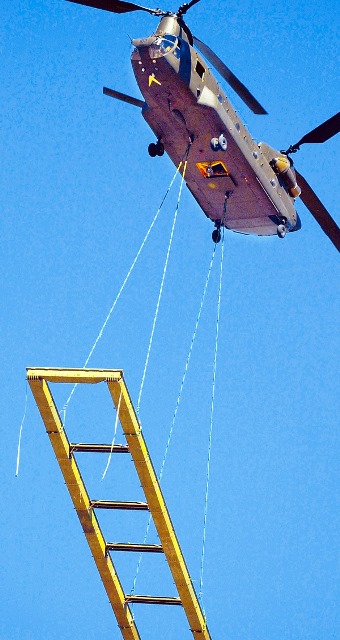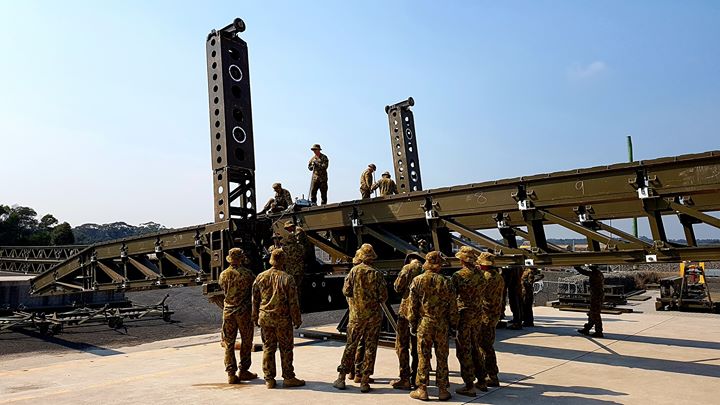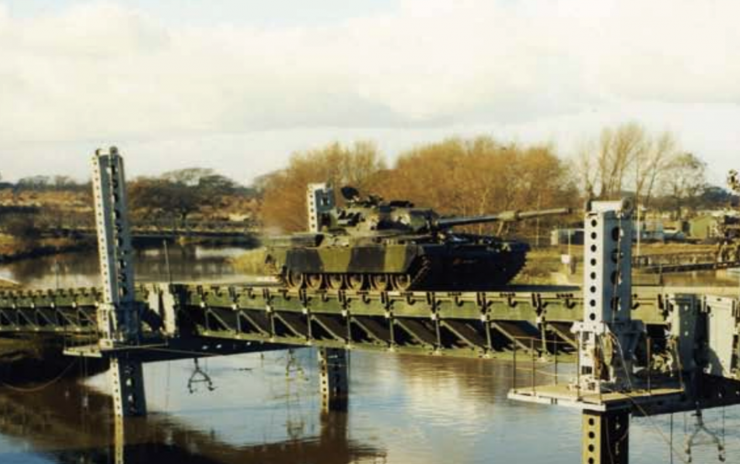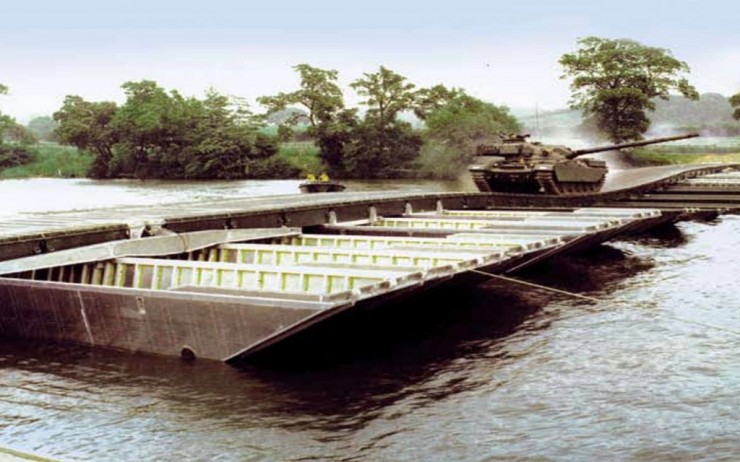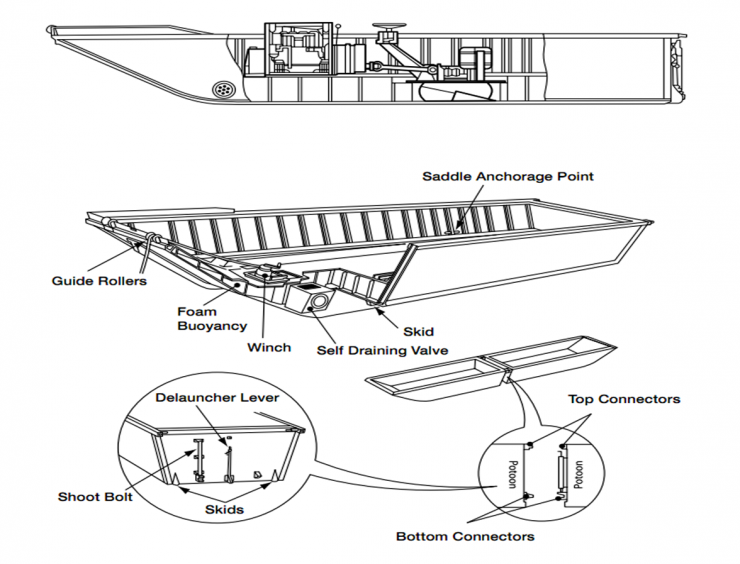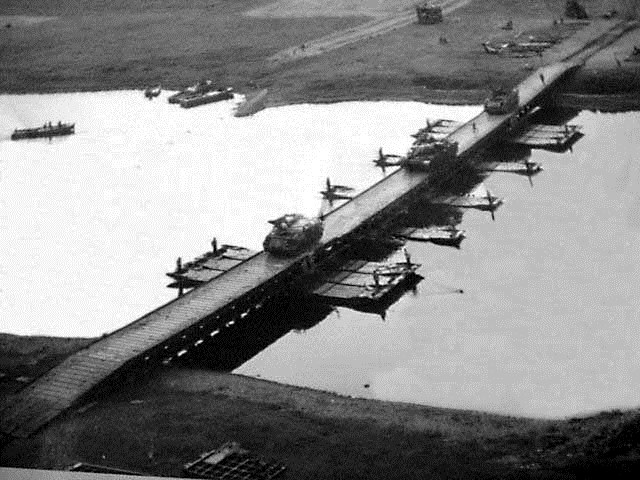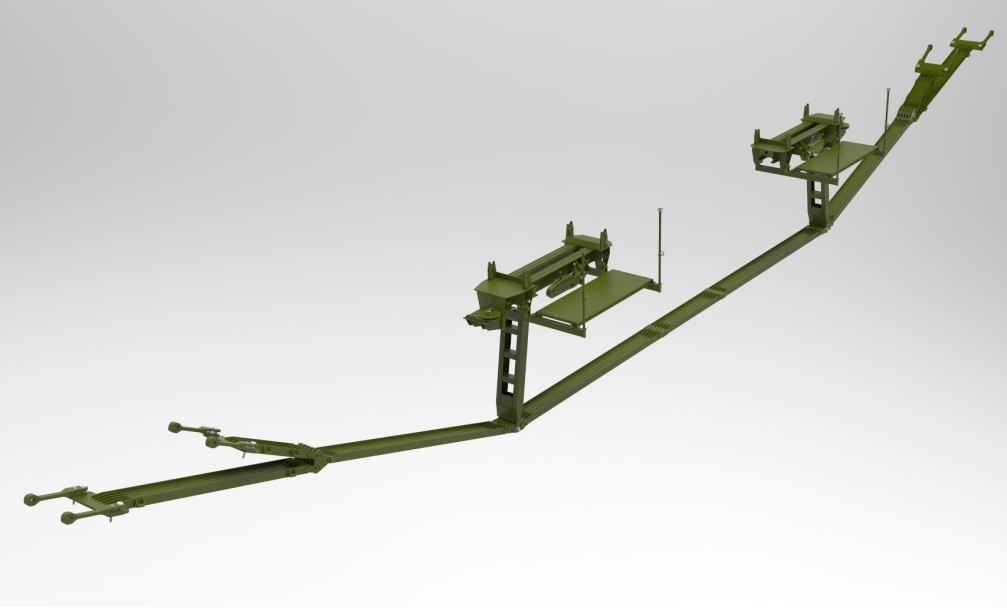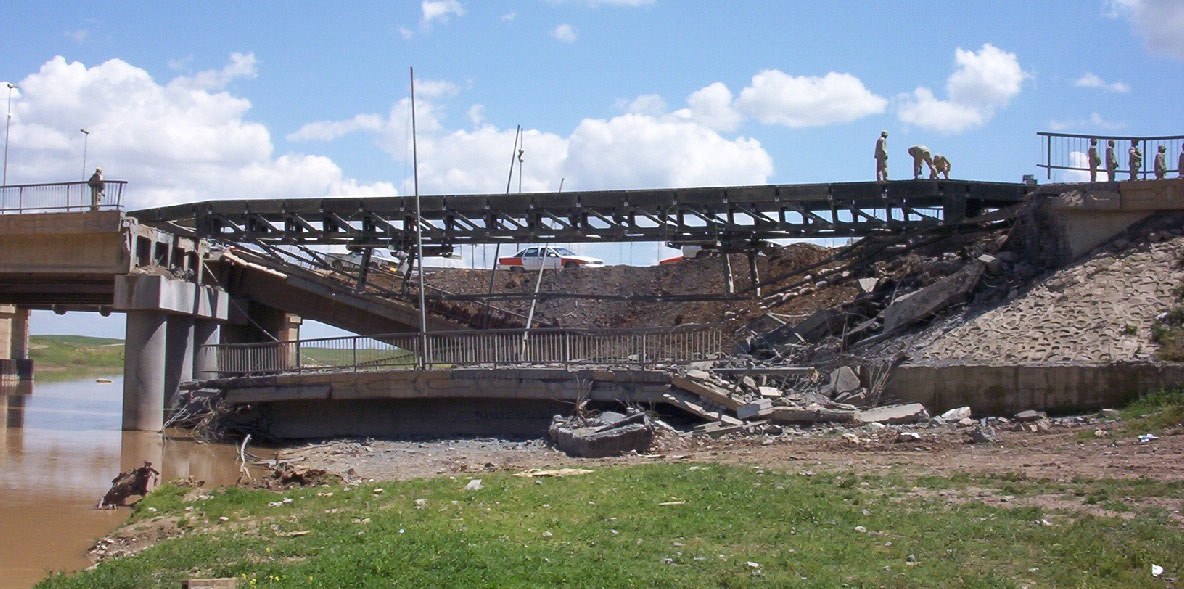Today we& #39;re going to talk about the Medium Girder Bridge
Revolutionising the world of military bridging (with the Bailey) once was a tall order, to pull it off a second time would be nothing short of amazing, but MEXE did it with the Medium Girder Bridge (MGB)
/1
Revolutionising the world of military bridging (with the Bailey) once was a tall order, to pull it off a second time would be nothing short of amazing, but MEXE did it with the Medium Girder Bridge (MGB)
/1
Sir Donald Bailey left MEXE to become the Dean of the Royal Military College of Science, replaced by Brigadier Jarret-Kerr. Leading the MGB design team was former RE Major, Eric Longbottom, who had helped to design the Mobile Bailey, the Heavy Girder Bridge and Mexeflote
/2
/2
The MGB was required to be hand-built, and carry a Class 60 load over a 100-foot span, replacing the Heavy Girder Bridge and Extra Wide Bailey Bridge. Speed of build was also a major design driver
/3
/3
The main problem with achieving the demanding design requirements were materials. Aluminium alloys were by then widely used in the aerospace sector, but for military bridging, it would be new.
/4
/4
Different types of alloy were experimented with, including Hiduminium 48, Impalco 720 and the French Superalumag 75, but none of these proved to be wholly satisfactory, so MEXE decided to create its own formulation
You know, as you do
/5
You know, as you do
/5
The resultant material was called Specification 232, it contained 4% zinc, 2% magnesium and 0.35% manganese and the latest version is still widely used, with DEFSTAN 95-31 containing 0.15% of copper to improve resistance to stress corrosion.
/6
/6
Not content with developing new material, MEXE also pioneered the welding of thick sections of aluminium alloy using the Metal Inert Gas (MIG) and Tungsten Inert gas (TIG) approaches. This was before they even got to the bridge design.
/7
/7
As the design studies progressed, the original single-storey concept was changed to include a second storey, thus providing a greater range of spans and classifications that could be created with a single bridge set
/8
/8
The key to its success was simplicity, with only 8 major components, and in single storey configuration, 4. Simplicity is never simple, and in this case, the design went through many revisions before manufacture. Like lego, with extra swearing
/9
/9
The longitudinal girders are built connecting multiple top panels, with deck units used to connect them. Bankseat beams connect the girders at either end of the bridge and ramps are hooked on to these. For a single storey bridge, that is all that is needed.
/10
/10
Adding the triangular-shaped bottom panel, junction panel and end taper panels turns the bridge into a double-storey configuration.
/11
/11
Much thought was also given the speed of construction; a special trailer enables rapid unloading, the same roller bearings are used for single or double-storey construction and when building the frame, jacks allow it to accommodate uneven ground.
/12
/12
A building frame is used to assemble and launch the sections. All bridges are launched ‘undecked’ and a launching nose used with long and double-storey bridges in a similar manner the Small Box Girder bridge.
/13
/13
The panels themselves are designed to be very quick to fit together and the outer jaw of the panel will fail first, thus any stress or fatigue failures will be detected early. The MGB is shot through with clever design features like this.
/14 https://www.youtube.com/watch?v=_U7A1jkUp04">https://www.youtube.com/watch...
/14 https://www.youtube.com/watch?v=_U7A1jkUp04">https://www.youtube.com/watch...
In comparison with the Extra Widened Bailey Bridge, at Class 60 100 foot span, the MGB weighs less than a third, needs just over a quarter of the personnel to build and less than 20% of the time.
To say the MGB was a significant advance is rather an understatement.
/15
To say the MGB was a significant advance is rather an understatement.
/15
The MGB was fast, teams from the UK, Holland and the USA would compete for the Fairey Engineering Silver Cup at annual ‘Sapper Games’ and the World Record is just over 6 minutes for a 5 bay single-storey by 4 Squadron 21 Engineer Regiment, Royal Engineers, I think!
/16
/16
The manual says for the same span and configuration
30 minutes
/17 https://www.youtube.com/watch?v=rHunr1i57ac&feature=emb_title">https://www.youtube.com/watch...
30 minutes
/17 https://www.youtube.com/watch?v=rHunr1i57ac&feature=emb_title">https://www.youtube.com/watch...
The component parts on their pallets are air portable by Chinook and in some configurations, a complete bridge without decking panels can be placed into position by helicopter
/18
/18
To summarise, the MGB can span 9.8m in single-storey configuration, 31.1m in double-storey, 76m using multi-span equipment and 49.4m using the link reinforcement set, all built by hand and in very short times.
MGB entered service in 1971, manufactured by Fairey Engineering
/19
MGB entered service in 1971, manufactured by Fairey Engineering
/19
The Medium Girder left British Army service in 2008, replaced by the General Support Bridge, a number of sets were retained service for Afghanistan, it being just too good to get rid of completely!
/20 https://www.youtube.com/watch?v=9eh81zCY7yA&feature=emb_title">https://www.youtube.com/watch...
/20 https://www.youtube.com/watch?v=9eh81zCY7yA&feature=emb_title">https://www.youtube.com/watch...
Building on the basic bridge set, there are a number of optional extras. Multi-span equipment consists of the span junction and portable pier set. For practical reasons, a limit of 3 spans is enforced at 76 metres max. The pier set has a max height of 18m
/21
/21
Floating or pontoon bridge, at Class 7, and can be used in single or double-storey configuration depending on the distance between the floating pontoons. MGB’s can also be used to create floating ferries at Class 90.
/22
/22
To increase the span of single-span MGB’s a Link Reinforcement Set can be used. The LRS uses pinned reinforcing links that are attached underneath the bridge and tensioned using steel cables and mechanical jacks
/23
/23
MGB was a significant step forward in military bridging, still sold today by WFEL and still in wide service, yet another testament to MEXE, WFEL and the Royal Engineers.
/24
@WFEL_bridges
@Proud_Sappers
@CorpsSM https://www.youtube.com/watch?v=Wcbc4gsihzM">https://www.youtube.com/watch...
/24
@WFEL_bridges
@Proud_Sappers
@CorpsSM https://www.youtube.com/watch?v=Wcbc4gsihzM">https://www.youtube.com/watch...
This Freedom of Information response from the MoD includes some good information and a link to a certain website that like bridges :)
/END
https://assets.publishing.service.gov.uk/government/uploads/system/uploads/attachment_data/file/348638/FOI201404081_73491_Response.pdf">https://assets.publishing.service.gov.uk/governmen...
/END
https://assets.publishing.service.gov.uk/government/uploads/system/uploads/attachment_data/file/348638/FOI201404081_73491_Response.pdf">https://assets.publishing.service.gov.uk/governmen...

 Read on Twitter
Read on Twitter